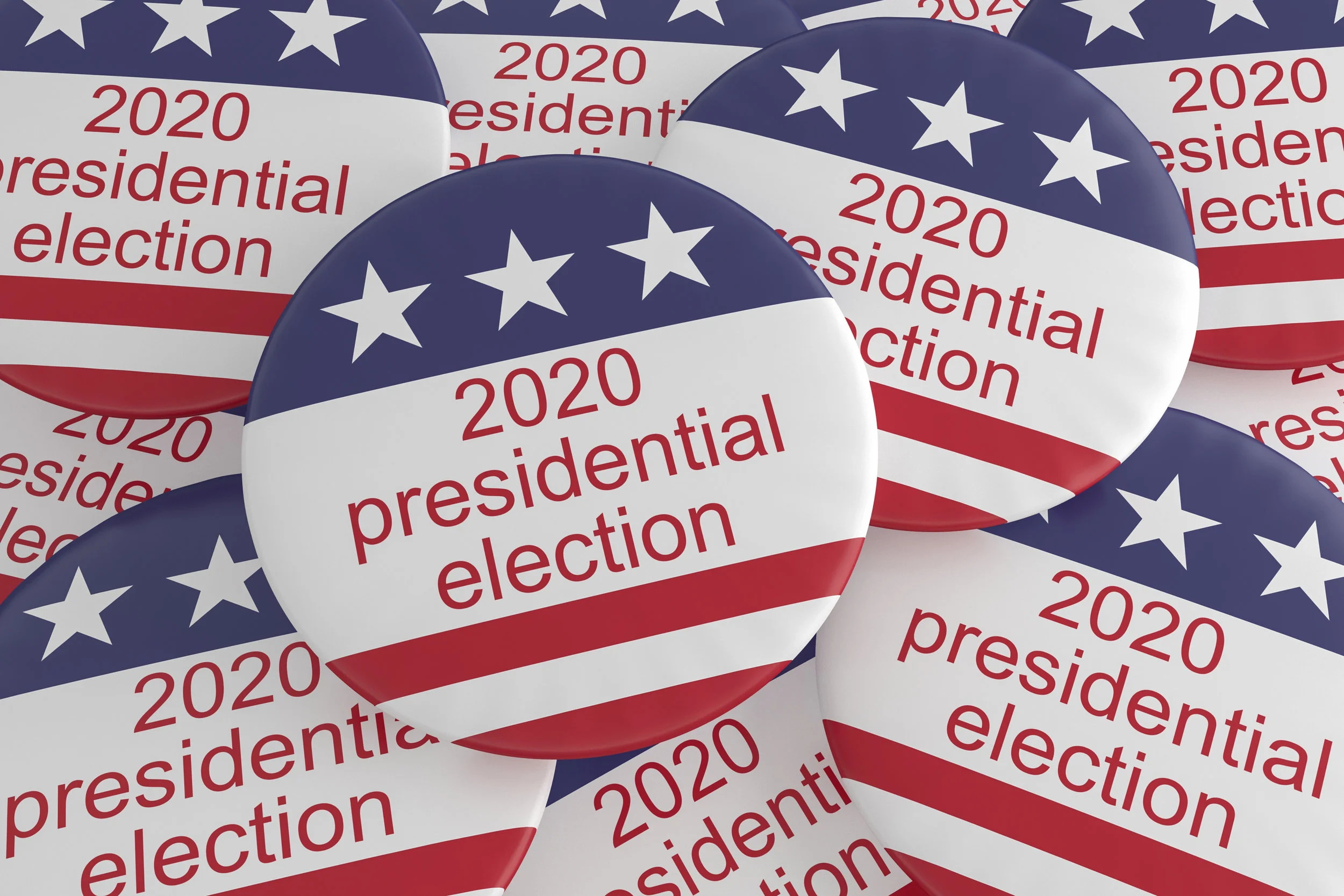The Electoral College system has a tremendous impact on candidates’ campaigns and policies. But it also dictates who the candidates are in the first place.
The 2020 Democratic primary is in full swing, and voters have a staggering number of candidates to evaluate. According to a HuffPost/YouGov poll, 49% of Democratic voters think it’s more important that a candidate is more likely to win compared to only 35% who think it’s more important that a candidate’s position on the issues is closest to their own. A focus on electability in itself is not terribly surprising—any primary voter should be concerned about a candidate’s appeal to the broader electorate. But under the Electoral College, primary voters can’t just evaluate which candidate they think will do the best across the nation as a whole. Instead, they think about electability in terms of a fraction of a fraction of voters—that is, swing voters in swing states. As Ed Kilgore explains:
“Without question, the most popular contestants for key swing voters next year are the Rust Belt white working-class voters — many of whom voted for Barack Obama in 2008 and/or 2012 — who helped Trump win Michigan, Ohio, Pennsylvania, and Wisconsin, and thus, the presidency in 2016.”
The problem is, voters tend not to be very good at determining electability. So the primary system forces voters to make a decision based on the perceived preferences of just a tiny sliver of the population, a double distortion that leads candidates even further away from the policies that most Americans actually want.

